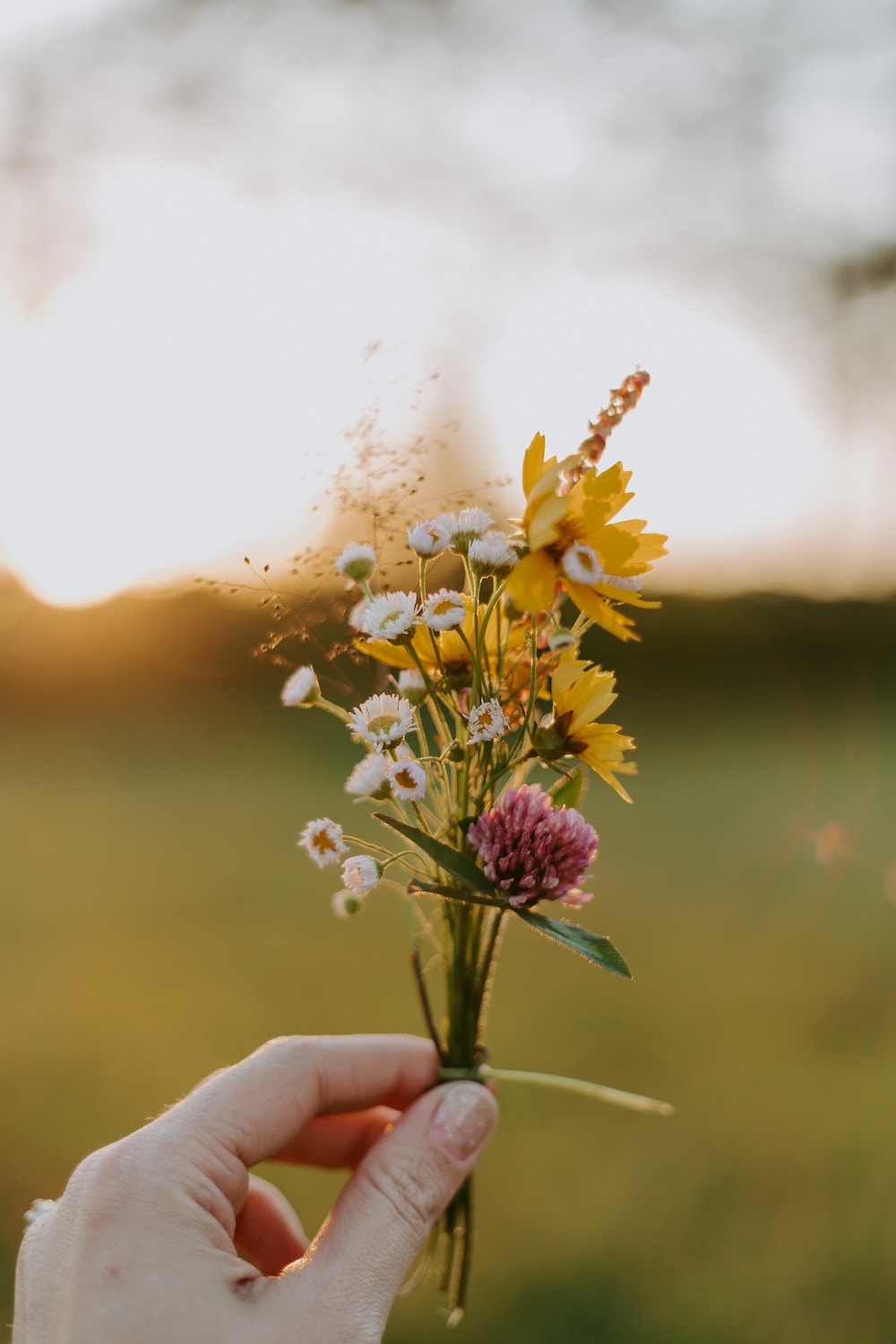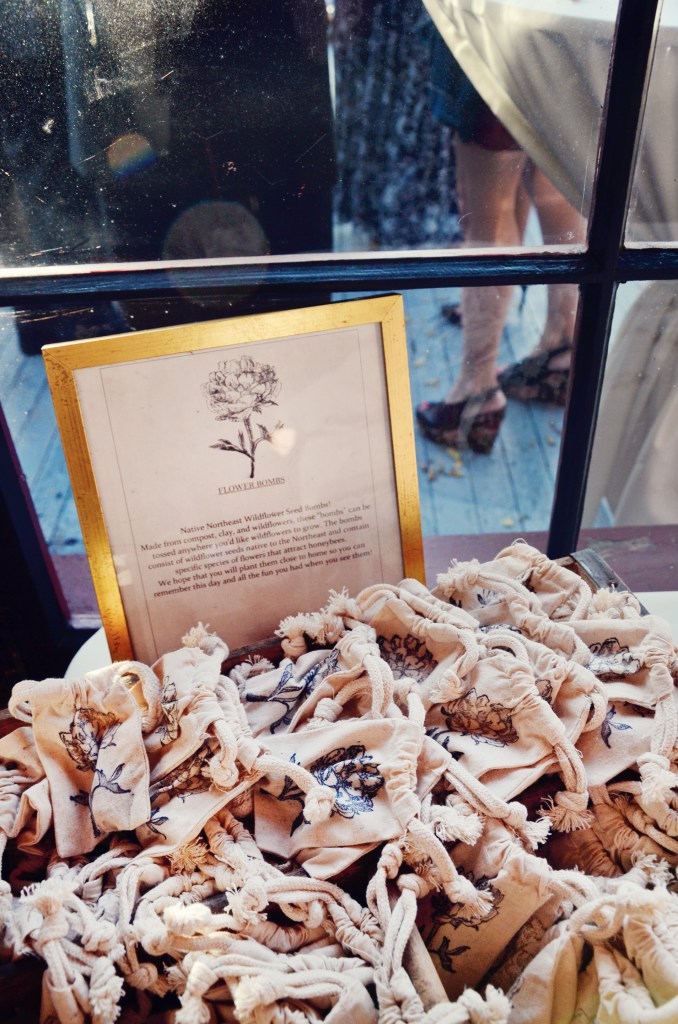Until the advent of synthetic fibers in the early 20th century, silk was almost essential for a huge range of fashion items–from stockings and underwear to ribbons and lace. It also represented the height of luxury. For more than a millennia, this luxurious and delicate fiber inspired the Silk Road trade routes from China through Central Asia, the Middle East, and into Europe. Silk was partially responsible for starting the Opium War between China and Britain (tea and porcelain ceramics were other contributors). Britain was worried about their increasing trade deficit with China. Britain had nothing that could equal the finery of Chinese silk, and they produced nothing that the Chinese wanted from them. So Britain turned to peddling opium into China, and when the Chinese tried to restrict the trade of opium, Britain declared war. Silk is arguably still the world’s most luxurious fiber–soft and lovely to wear, with a beautiful luster.
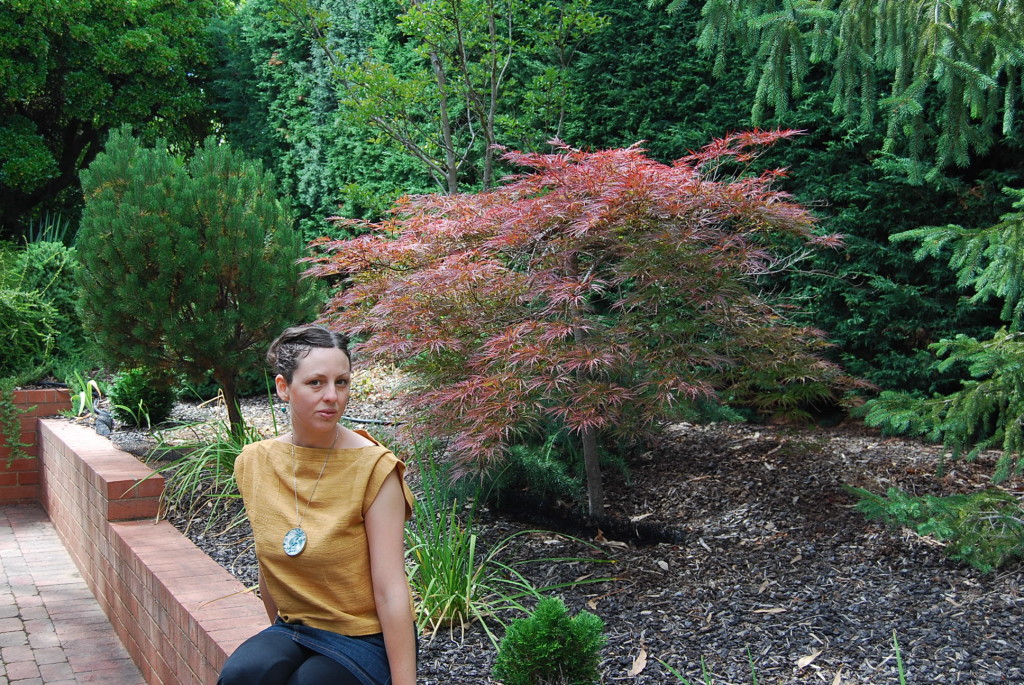
A version of this article previously appeared on Tortoise and Lady Grey.
Silk is made by spinning and weaving the strong fibers from the chrysalis of silkworms. Although, incredibly, there is one woman in Sardinia that still harvests and spins a silk made from solidified clam spit). Silk from silkworms is far more ubiquitous and is a fiber that we are all familiar with. Silk is a beautiful natural fiber that has been produced for thousands of years. It is completely biodegradable and has a very low environmental impact, but, understandably, animal activists (including vegans) and environmentalists have concerns about the ethics of its production.
In conventional silk production, the silkworms are fed with mulberry crops that require some pesticide and fertilizer. However, these crops require far fewer chemical inputs that conventional cotton. Conventional silk production also washes the fibers in chemical detergents which are a low-level pollutant if released untreated. Because much of the world’s supply of silk originates in China, there is a good chance that the silk that you come across is contributing to pollution in this way. However, the chemical processes involved in silk production have a far lower impact that those in conventional cotton production or synthetics. Silk is also suitable for low impact dyes, which may reduce the impact of the coloring process.
There is a cruelty element to conventional silk production as well. The process involves boiling the silkworm chrysalis before the moths have emerged. This, quite obviously, kills the moths in the process. Peace silk, however, is a type of silk which allows the moth to emerge before harvesting the cocoon. If you want to avoid the cruelty associated with conventional silk production, this process does not harm the moth and makes use of a chrysalis that has now been discarded by the insect. Some vegans may be comfortable wearing peace silk for this reason. Moreover, some clever designers have found a way to use reclaimed silk for beautiful fashions (including wedding dresses!) with minimal environmental impact and animal suffering (if any).
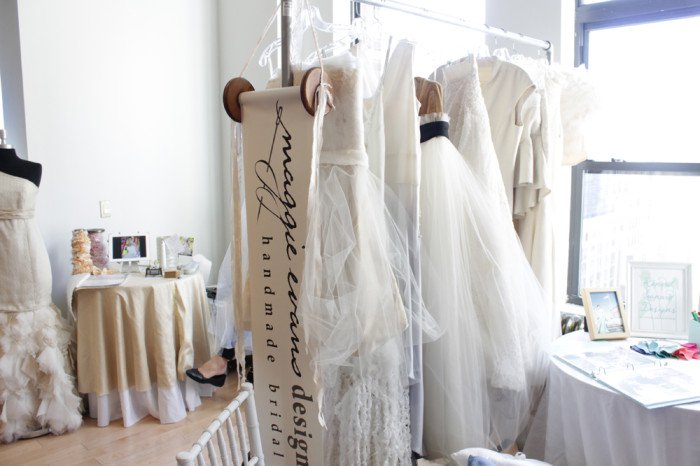
Tussah is a different type of silkworm than conventional mulberry silkworms, and the farming of tussah silk doesn’t involve the chemicals that mulberries do. Wild (harvested), peace silk and certified organic silk varieties avoid the low-level environmental harms associated with conventional silk. To minimize the environmental impact of the silk that you wear, I would look for wild, peace or tussah silk or certified organic silk. If you are buying conventional silk, try to shop with brands that have transparent supply chains, so that you can choose fabric made in a factory that has water treatment protocols in place.
To minimize the environmental impact of the silk that you wear, I would look for wild, peace or tussah silk, or certified organic silk. If you are buying conventional silk, try to shop with brands that have transparent supply chains, so that you can choose fabric made in a factory that has water treatment protocols in place.
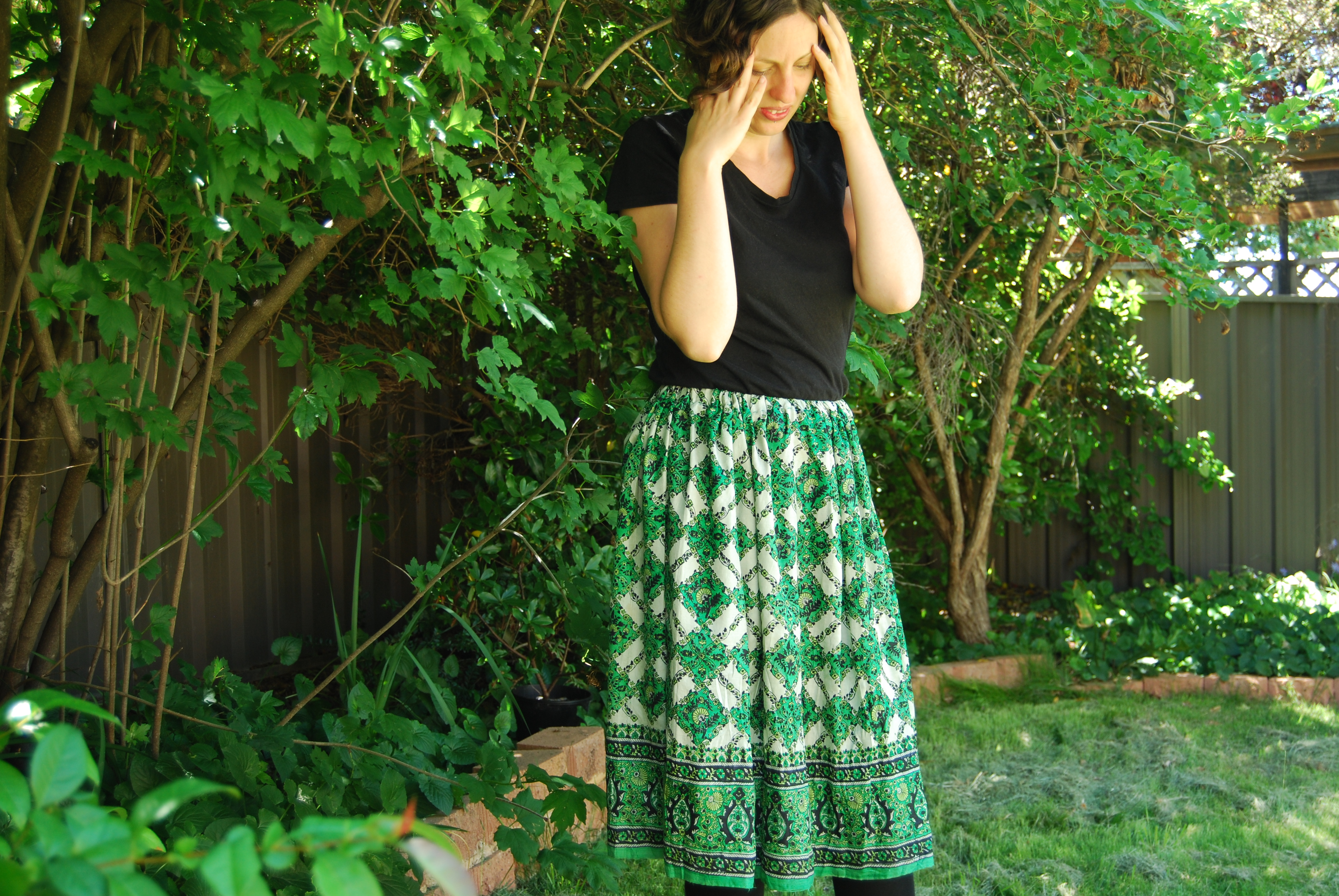
Silk is a beautiful fiber, and if you look after it then it will last you for many years. Silk garments that do develop tears or holes can be mended or can also be re-purposed to beautiful patchwork homewares or new garments. Vintage silk saris are a favorite of mine to make new flowing skirts from. Silk stockings were once an investment garment that women had mended by a dressmaker time and time again. I’d like to see silk come back in this way.
In the meantime, embrace silk for your special occasion garments. It is a beautiful sustainable fiber if you are careful about your source, and thanks to peace silk and reclaimed silk, vegans can enjoy this fabric, too. Silk garments are often categorized as “Dry Clean Only,” and this cleaning method can almost undo your positive environmental choices by choosing silk. I have found that silk garments respond well to hand-washing and pressing with a gentle cool iron (protecting the silk from the iron by covering it with a tea-towel or cloth). Do not buy “Dry Clean Only” garments unless you a confident that you can care for the garment in this way. If in doubt, it is better not to buy the garment.
What are your thoughts on this intriguing, ancient material?
Also by Summer: Why Polyester Production Damages the Environment
Related: Cotton: The Hard Truth about this Soft Fabric
4 Facts You Need to Know about Fast Fashion
Get more like this–Subscribe to our daily inspirational newsletter for exclusive content!
__
Photo: Summer Edwards, Peaceful Dumpling (wedding dresses)



